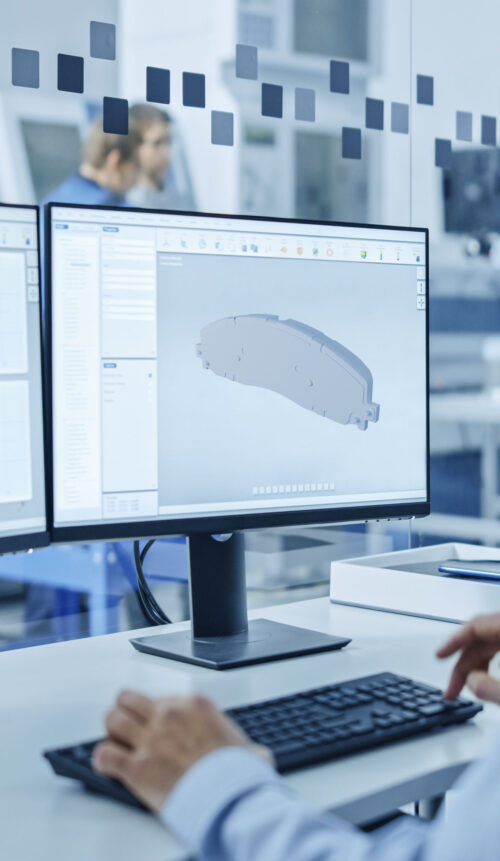Brake pads are a vital component of your vehicle’s braking system. They are the replaceable friction pads that press against a vehicle’s brake rotor, creating friction which slows the vehicle. This article provides an in-depth overview of the three most common types of brake pads available: ceramic, semi-metallic, and organic. It also includes tips for choosing the best brake pads for your vehicle and driving style.
Ceramic Brake Pads
Ceramic brake pads are made from a dense ceramic material and are typically more expensive than other types of brake pads. However, they offer several advantages that make them a popular choice for many drivers.
One of the biggest advantages of ceramic brake pads is that they produce less dust than other types of brake pads. This not only helps to keep your wheels cleaner, but it can also help to prolong the life of your brake rotors. Ceramic brake pads are also quieter than other types of brake pads, which can make for a more comfortable ride.
Another advantage of ceramic brake pads is that they provide excellent stopping power, even in high-temperature conditions. They are also less likely to fade or lose stopping power over time, which makes them a good choice for drivers who do a lot of heavy braking.
Semi-Metallic Brake Pads
Semi-metallic brake pads are made from a combination of metallic fibers, like steel or copper, and organic materials, like Kevlar or fiberglass. They are often less expensive than ceramic brake pads and are a good choice for drivers who need a balance of performance and affordability.
One of the main advantages of semi-metallic brake pads is that they provide excellent stopping power. They are also more durable than other types of brake pads and can withstand high temperatures without fading or losing stopping power.
However, semi-metallic brake pads do have some disadvantages. They can be noisy and produce more dust than ceramic brake pads. They also tend to wear down brake rotors faster than other types of brake pads.
Organic Brake Pads
Organic brake pads are made from non-metallic fibers, like rubber, glass, or Kevlar. They are the most affordable type of brake pad and are a good choice for drivers who are looking for a budget-friendly option.
One of the biggest advantages of organic brake pads is that they are very quiet. They also produce less dust than semi-metallic brake pads, which can help to keep your wheels cleaner.
However, organic brake pads do have some drawbacks. They are not as durable as other types of brake pads and may not provide the same level of stopping power. They are also more likely to wear down quickly, which means that you may need to replace them more frequently.
Choosing the Right Brake Pads
When choosing brake pads, it’s important to consider your driving style and the type of vehicle you have. Ceramic brake pads are a good choice for drivers who do a lot of heavy braking and want a quiet, low-dust option. Semi-metallic brake pads are a good choice for drivers who need a balance of performance and affordability. Organic brake pads are a good choice for drivers who are looking for a budget-friendly option but may not provide the same level of performance as other types of brake pads.
It’s also important to choose brake pads that are specifically designed for your vehicle. The wrong type of brake pad can cause damage to your vehicle’s braking system and compromise your safety on the road. If you’re not sure which type of brake pads are right for your vehicle, consult with a qualified mechanic or brake specialist.
This article is extracted from NAPA Auto Parts, Link: https://www.napaonline.com/en/auto-parts-blog/vehicle-maintenance/understanding-brake-pads-ceramic-vs-semi-metallic-vs-organic

